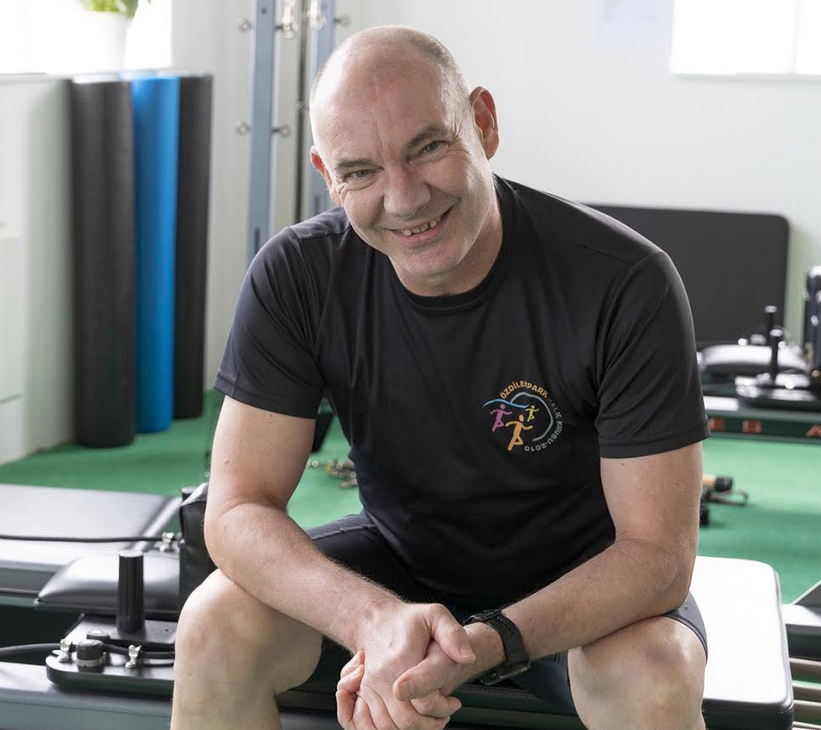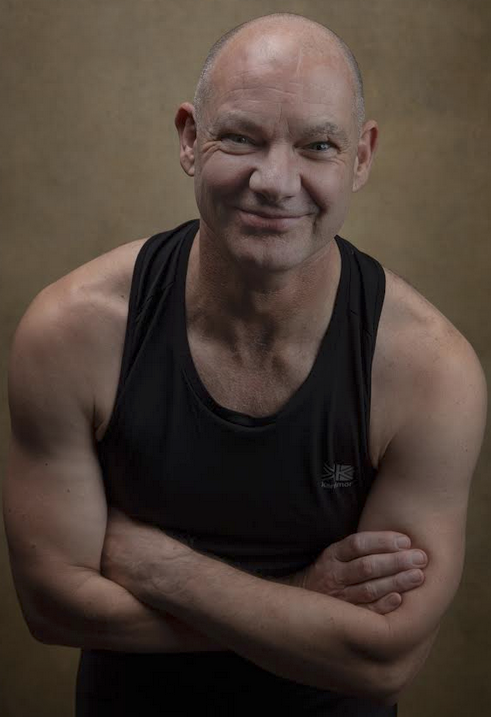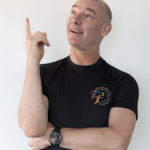Issue #339
Wednesday June 23, 2021
Taking Off the Blinkers
…without throwing the baby out with the bathwater!
by Miguel Bengoa
So, what are “blinkers”? Blinkers are an eye covering that some people put on horses to prevent them from looking anywhere but straight ahead. There are teacher training organisations that do a similar thing. They insist on trainees staying with the teachings of that same organisation and they devalue other methodologies and approaches.
That didn’t quite happen to me, but I was forced to step out of my own comfort zone…
Why did I write this article?
The seed for this article started when both Brett and Ivan Zagorsky each wrote about their experiences crossing over from Contemporary to Classical Pilates or vice versa.
I was trained in Turkey by Balanced Body. I returned to the UK and I discovered a totally foreign Pilates world. I was forced to start looking at Pilates in a different way compared to my own training. And I had to learn how to fit into it.
Pilates is perceived totally differently in the UK. Most training courses are attached to fitness training organisations. It’s mat based as opposed to apparatus & mat. This approach, though the accepted norm in the UK, was totally alien to me.
Without a lot of thought or planning, I found premises and invested my savings in apparatus and opened my studio. Countless times I felt that I was talking at cross-purposes to people. Little did I realise that I actually was!
Over these past four years, I’ve had to re-evaluate what and how I was teaching. I was far from my old mentor Taha Erpulat and I had to find new people with different perspectives to move me forward. Think about it like this: I had to learn to teach in a totally different language!
This is what happened when I started digging around…
So, what did I learn?
Here is a list of personal points that I have stumbled upon, been told about or otherwise discovered on my own personal journey.
I’m aware that I’m brushing over some big concepts that require much more explanation…
The first point is the absolute key. It summarises all the other points:
- I used to trust my instinct and knowledge to do what seemed logical.
Now, I spend my time trying to understand why the order and the exercises are the way that they are.
- I’ve become a Pilates archaeologist.
If there was something I didn’t understand (e.g., why does “Running” come at the end instead of after Footwork?), I’d change it. Now, I try to understand why. Instead of changing the evidence, I try to understand.
- What’s Pre-Pilates vs Pilates? Was the difference that Joe created some exercises and others came later? Were these additions due to advances in science?
Now I recognise that Pre-Pilates is more atomised and single muscle group focused whereas Pilates is more holistic. Pilates is part of a repertoire. Pilates requires apparatus.
- I knew that there was a Matwork Repertoire, but never realised that there was a standard Reformer Repertoire. The rest of the apparatus is supplementary and without a set repertoire.
I see that there is a Mat and Reformer repertoire. There’s a syllabus to plan from and objectives to work towards. Lesson planning is now a breeze as I don’t need to reinvent the wheel for every client.
- I know what IS and what ISN’T Pilates. Creativity is a wonderful thing but there are Sources. In the quest for creativity, it’s easy to begin teaching “Anything Goes Pilates”. To quote Christina Maria Gadar: “if you’re going to do it … do it right”.
A more Classical approach made me feel much more confident in what I was teaching and where I was taking the students. Previously, I was without direction. Now, the direction is clearly signposted. There is a repertoire and there is an order.
- I didn’t know what an exercise was! Stomach Massage: one or five exercises? Lesley Logan gave me my answer:
“How many exercises are there in the Matwork?” she asked me rhetorically. “There’s just one, from the One Hundred to the Push Up – it’s all one big, long transition.” Now, that blew my mind!
- Pilates is much more than just the exercises. I learned that there are “concepts”.
You can learn every exercise on every piece of equipment, but still not know Pilates. I’m not talking about “Pilates Principles”, but directions of opposing energy or “working in opposition” which made everything so much easier to understand than the atomistic and reductionistic muscle activation that was a part of my initial training.
- In my own practice, I used to duck out of stuff that I didn’t enjoy…
But now, there’s an order. And the phrase “what you least like to do, you do it twice…” makes it more difficult to pick and choose.

- Neutral pelvis was an issue. I spent years trying to get to grips with it. On one hand, Pilates was telling me to move, move, move! On the other hand, the neutral spine concept was telling me to be static.
I see now that we spend our time moving in and out of it – not actually staying “fixed” in Neutral Pelvis. Pilates is movement, not static positions. It’s become a non-issue.
- I was over-teaching and over-correcting and trying to get each exercise as perfect as possible.
Now, I’m not focused on teaching just exercises, but on teaching a system. I’m teaching the Big Picture as well as the small stuff. I can take a step back and say: “just get the basic stuff going first, and then we’ll start adding more and more layers to what we’re doing. Don’t fuss about being perfect – just move!”. Clients become students of The Method with the aim of getting them independent in their practice ASAP. Give them a fish or teach them to fish?
- I was looking for the “Holy Grail” of Pilates…
There isn’t one! But you can get closer to The Source. There is only One Source. Other great voices have added to the Original Source just like tributaries add to a great river. And downstream, some alternate branches have left The Source and carved out their own riverbeds while others have split off and become stagnant ponds…
This is what I learned!
- Get lessons from teachers from a different background. Be international!
- Find connections between different exercises.
- Step beyond your training.
- It’s all in The Practice. If there is a Holy Grail, that’s it!
There are many people that deserve credit for helping me learn over these four years. Julie Driver and Lesley Logan deserve special mention while most of the credit belongs to my students.

Miguel Bengoa My Pilates journey is rather convoluted. I started in a gym in Turkey where I lived with a friend that had learned a few exercises. A modified Tic Toc with a Swiss Ball: (Corkscrew prep) was my first exercise. But I was hooked and found a BASI trained teacher. After a year of taking lessons three times weekly I decided that I wanted to become a teacher! I enrolled on my teacher training course with Balanced Body in Istanbul. I left Turkey and returned to the UK. And after 35 years away I certainly felt like a foreigner! The Pilates world was to prove so very different here too! Needing to find new teachers and a mentor, I got to know Lesley Logan online. Lesley introduced me to Julie Driver and I attended their workshop in London: a traditional teacher and a contemporary teacher working together and seamlessly teaching together – with one picking up from the other in the space of a breath… it was truly an amazing! I started lessons with Julie (still following Lesley online). I realised I was learning from both the Classical and Traditional and that’s when the lines started blurring. Julie encouraged me to have lessons with other teachers. I studied Sean Gallagher’s anatomy courses and those really helped me to see Pilates in a totally different light! My current Big Project is to create video and written tutorials of every Pilates exercise in the “standard” repertoire – now, that’s a Big One 🙂 Happy Pilatesing everyone!

